Home>Gardening & Outdoor>Landscaping Ideas>How To Kill Torpedo Grass In St. Augustine Grass
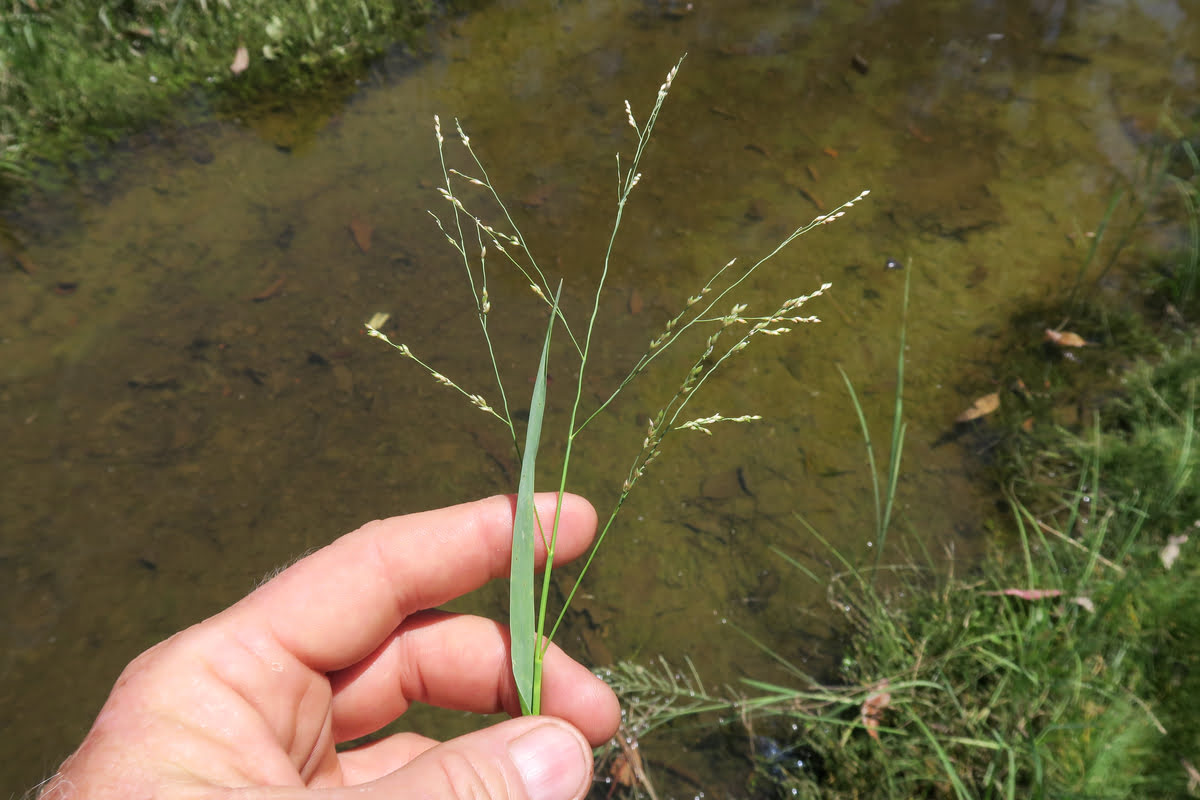

Landscaping Ideas
How To Kill Torpedo Grass In St. Augustine Grass
Modified: February 18, 2024
Learn effective landscaping ideas to eliminate torpedo grass from your St. Augustine grass. Discover expert tips and techniques for successful weed control. Achieve a lush, weed-free lawn today!
(Many of the links in this article redirect to a specific reviewed product. Your purchase of these products through affiliate links helps to generate commission for Storables.com, at no extra cost. Learn more)
Introduction
Dealing with unwanted weeds in your St. Augustine grass can be a frustrating challenge for any homeowner or landscaper. One particularly stubborn and invasive weed that often plagues St. Augustine lawns is torpedo grass. This aggressive and fast-spreading grass-like weed can quickly take over your lawn, choking out the desirable St. Augustine grass and creating an unsightly and uneven appearance.
In this comprehensive guide, we will delve into the various methods for effectively eliminating torpedo grass from your St. Augustine grass. Whether you prefer chemical or organic control methods, we will explore the most effective strategies for eradicating this persistent weed and preventing its reinfestation.
By understanding the nature of torpedo grass, identifying its presence in your St. Augustine lawn, and implementing targeted control measures, you can reclaim the lush and healthy appearance of your lawn. Let's embark on this journey to regain control over your St. Augustine grass and bid farewell to the relentless invader known as torpedo grass.
Key Takeaways:
- Say goodbye to torpedo grass in your St. Augustine lawn by using methods like regular mowing, herbicidal treatment, and solarization. Keep an eye out for its return and maintain a healthy lawn to prevent reinfestation.
- Identify torpedo grass by its long, narrow leaves and aggressive spreading. Use mechanical removal, organic herbicidal treatments, and soil health enhancement to combat it. Stay vigilant to keep your St. Augustine lawn torpedo grass-free.
Read more: How To Kill St. Augustine Grass
Understanding Torpedo Grass
Torpedo grass, scientifically known as Panicum repens, is a perennial grass-like weed that poses a significant threat to the health and aesthetics of St. Augustine grass lawns. This aggressive invader is characterized by its rapid growth, spreading through an extensive network of underground rhizomes, which enables it to quickly colonize large areas of turf. Its name "torpedo grass" is derived from the shape of its underground rhizomes, which resemble a torpedo.
This invasive weed thrives in a variety of soil types and environmental conditions, making it a formidable adversary for homeowners and landscapers. Torpedo grass is known for its resilience and ability to withstand adverse conditions, including drought and poor soil quality. Its adaptability and vigorous growth habit enable it to outcompete desirable turf grasses, such as St. Augustine grass, leading to the formation of dense patches that disrupt the uniformity of the lawn.
Identifying torpedo grass can be challenging, especially when it infiltrates a St. Augustine grass lawn. The weed exhibits long, narrow leaves with a distinct midrib and a prominent membranous ligule at the leaf base. Its growth habit often results in an unsightly, uneven appearance within the St. Augustine turf, creating a visual nuisance for property owners.
Furthermore, torpedo grass produces an extensive network of underground rhizomes, which allows it to spread rapidly and establish new growth points throughout the lawn. This aggressive propagation mechanism makes it difficult to eradicate and necessitates a targeted approach to control its spread effectively.
Understanding the growth habits, physical characteristics, and resilience of torpedo grass is crucial for implementing effective control measures. By gaining insight into the behavior and biology of this invasive weed, property owners can develop a strategic plan to combat its encroachment and restore the health and beauty of their St. Augustine grass lawns.
Identifying Torpedo Grass in St. Augustine Grass
Identifying torpedo grass within a St. Augustine grass lawn is essential for implementing targeted control measures. This invasive weed often infiltrates the turf, creating a visual disruption and compromising the overall health of the lawn. Recognizing the distinct characteristics of torpedo grass is crucial for distinguishing it from the desirable St. Augustine grass and initiating an effective eradication strategy.
One of the primary visual indicators of torpedo grass is its growth habit and leaf morphology. The weed typically exhibits long, narrow leaves with a prominent midrib, creating a distinct appearance within the St. Augustine turf. Additionally, torpedo grass leaves feature a membranous ligule at the leaf base, further differentiating them from the surrounding grass species. By closely examining the leaf structure and overall growth pattern, property owners can identify the presence of torpedo grass and take proactive measures to address its encroachment.
In addition to its leaf characteristics, torpedo grass is known for its aggressive spreading through underground rhizomes. These specialized stems enable the weed to propagate rapidly, forming dense patches within the St. Augustine lawn. As a result, areas of the turf may exhibit uneven growth and a noticeable influx of torpedo grass, signaling the need for targeted intervention.
Furthermore, the growth behavior of torpedo grass often leads to the formation of distinct patches or clusters within the St. Augustine grass. These areas may appear denser and more vigorous than the surrounding turf, creating an irregular and unsightly aesthetic. By identifying these concentrated growth points, property owners can pinpoint the locations requiring specific attention and implement tailored control methods to address the invasive weed effectively.
It is important to note that early detection of torpedo grass is crucial for preventing its widespread establishment within the St. Augustine lawn. Regular inspection and vigilant monitoring of the turf can aid in identifying the initial signs of torpedo grass infiltration, allowing property owners to intervene promptly and mitigate its impact on the overall lawn health.
By familiarizing themselves with the unique characteristics and growth patterns of torpedo grass, property owners can confidently identify its presence within their St. Augustine grass and take proactive steps to address the invasive weed. This heightened awareness and attentiveness enable property owners to initiate targeted control measures, ultimately preserving the integrity and visual appeal of their St. Augustine grass lawn.
Methods for Killing Torpedo Grass
When it comes to eradicating torpedo grass from a St. Augustine lawn, employing effective methods for killing this invasive weed is essential to reclaim the health and aesthetic appeal of the turf. Property owners and landscapers can utilize various approaches to combat the relentless encroachment of torpedo grass and restore the lush, uniform appearance of the St. Augustine grass.
1. Mechanical Removal:
One of the initial steps in combating torpedo grass involves mechanical removal, which entails physically uprooting the weed from the turf. This method can be labor-intensive but is effective for targeting individual plants and small patches of torpedo grass. Using a hand tool, such as a shovel or trowel, property owners can carefully excavate the weed, ensuring that the entire root system, including the underground rhizomes, is thoroughly removed to prevent regrowth.
Read more: How To Kill Crabgrass In St. Augustine Grass
2. Regular Mowing:
Maintaining a consistent mowing schedule for the St. Augustine lawn can help control the spread of torpedo grass. By regularly mowing the turf at the recommended height for St. Augustine grass, property owners can limit the growth and propagation of torpedo grass, preventing it from establishing dense patches and overshadowing the desirable turf.
3. Herbicidal Treatment:
Herbicides specifically formulated for torpedo grass control can be utilized to target the invasive weed effectively. Selective herbicides designed for use in St. Augustine grass lawns can be applied to the affected areas, effectively targeting torpedo grass while minimizing impact on the desirable turf. It is crucial to follow the manufacturer's instructions and safety guidelines when using herbicidal treatments to ensure optimal results and minimize potential harm to the surrounding vegetation.
4. Solarization:
Solarization is a natural and chemical-free method that involves utilizing solar heat to eradicate torpedo grass and other weeds. This process entails covering the affected areas with clear plastic sheeting, effectively harnessing the sun's energy to raise the soil temperature and eliminate the invasive weed. Solarization can be particularly effective during the hot summer months, creating unfavorable conditions for torpedo grass while promoting the rejuvenation of the St. Augustine grass.
5. Mulching and Smothering:
Implementing mulching and smothering techniques can aid in suppressing the growth of torpedo grass and inhibiting its spread. Applying a thick layer of organic mulch or utilizing landscape fabric in the affected areas can create a barrier that restricts the emergence of torpedo grass, ultimately facilitating its suppression and gradual decline.
By incorporating a combination of these methods and tailoring the approach to the specific needs of the St. Augustine lawn, property owners can effectively combat torpedo grass and restore the vibrancy and uniformity of the turf. Implementing proactive measures and consistent maintenance practices can contribute to long-term success in controlling torpedo grass and preserving the health and visual appeal of the St. Augustine grass lawn.
Read more: How To Kill Weeds In St. Augustine Grass
Chemical Control Options
Chemical control options offer an effective approach to combat torpedo grass within St. Augustine lawns, providing targeted solutions for eradicating this persistent weed. When considering chemical control methods, it is essential to prioritize the safety of the desirable turf while effectively targeting torpedo grass to prevent its reinfestation.
Selective Herbicides:
Selective herbicides formulated for use in St. Augustine grass lawns can be a valuable tool for addressing torpedo grass infestations. These specialized herbicidal products are designed to target specific weed species while minimizing harm to the desirable turf. By selectively applying these herbicides to the affected areas, property owners can effectively combat torpedo grass without compromising the health and integrity of the St. Augustine grass.
Post-Emergent Herbicides:
Post-emergent herbicides are particularly effective for targeting actively growing torpedo grass within the St. Augustine lawn. These herbicidal products are applied directly to the foliage of the weed, where they are absorbed and translocated throughout the plant, ultimately leading to its demise. Property owners can utilize post-emergent herbicides to address existing torpedo grass infestations, effectively suppressing its growth and preventing further encroachment.
Systemic Herbicidal Treatments:
Systemic herbicides offer a comprehensive approach to torpedo grass control by targeting the weed at its root system. These herbicidal treatments are absorbed by the foliage and transported throughout the plant, reaching the underground rhizomes and inhibiting their growth. By disrupting the vital functions of torpedo grass at the systemic level, property owners can achieve long-lasting control and prevent the resurgence of this invasive weed within the St. Augustine lawn.
Pre-Emergent Herbicides:
Pre-emergent herbicides can be utilized to prevent the germination and establishment of torpedo grass seeds within the St. Augustine turf. By applying these herbicidal products at strategic intervals, property owners can create a barrier that inhibits the emergence of torpedo grass, effectively preventing its infiltration and minimizing the need for post-emergent control measures.
Professional Consultation:
Seeking guidance from a qualified lawn care professional or agronomist can provide valuable insights into the selection and application of herbicidal treatments for torpedo grass control. These experts can assess the specific needs of the St. Augustine lawn, recommend suitable herbicidal products, and ensure proper application techniques to achieve optimal results while safeguarding the overall health of the turf.
By incorporating these chemical control options and adhering to best practices for herbicidal treatment, property owners can effectively combat torpedo grass within their St. Augustine lawns, restoring the vitality and uniformity of the turf while minimizing the impact on the desirable grass species.
Organic Control Options
Organic control options offer environmentally friendly and sustainable approaches to combat torpedo grass within St. Augustine lawns, providing effective alternatives to chemical interventions. These natural methods prioritize the preservation of soil health and beneficial organisms while targeting the invasive weed and promoting the overall well-being of the turf.
Cultural Practices:
Implementing cultural practices that promote the vigor and resilience of St. Augustine grass can contribute to the suppression of torpedo grass. Adequate irrigation, proper fertilization, and optimal soil management create favorable conditions for the desirable turf, enabling it to outcompete and suppress the growth of invasive weeds. By nurturing the health and vitality of the St. Augustine lawn through sustainable cultural practices, property owners can mitigate the establishment and spread of torpedo grass.
Read more: What Kills Torpedo Grass
Manual Removal and Mulching:
Manual removal of torpedo grass, coupled with the application of organic mulch, can aid in suppressing the growth and regrowth of the invasive weed. By carefully uprooting individual plants and clearing affected areas, property owners can reduce the presence of torpedo grass within the St. Augustine lawn. Subsequently, applying a layer of organic mulch can create a natural barrier that inhibits the emergence of new weed growth, fostering a conducive environment for the desirable turf to thrive.
Organic Herbicidal Treatments:
Utilizing organic herbicidal treatments derived from natural sources, such as essential oils and plant-based extracts, can provide targeted control of torpedo grass while minimizing environmental impact. These organic formulations are designed to effectively suppress weed growth without compromising the health of the St. Augustine grass or the surrounding ecosystem. By incorporating organic herbicidal treatments into the weed management strategy, property owners can address torpedo grass infestations in a sustainable and eco-conscious manner.
Soil Amendments and Microbial Inoculants:
Enhancing soil health through the application of organic amendments and microbial inoculants can promote a balanced and resilient turf ecosystem, reducing the susceptibility of St. Augustine lawns to weed infestations. Organic soil amendments, such as compost and natural fertilizers, enrich the soil structure and provide essential nutrients, fostering robust grass growth and competitiveness. Additionally, microbial inoculants introduce beneficial microorganisms that contribute to the overall biological diversity and vitality of the soil, creating an environment conducive to the suppression of invasive weeds like torpedo grass.
By integrating these organic control options into the management of St. Augustine lawns, property owners can effectively combat torpedo grass while embracing sustainable and natural approaches to weed control. These organic methods not only target the invasive weed but also contribute to the long-term health and resilience of the turf, aligning with environmentally conscious practices and promoting the flourishing of the desirable St. Augustine grass.
Preventing Torpedo Grass Reinfestation
After successfully eliminating torpedo grass from a St. Augustine lawn, preventing its reinfestation is paramount to maintaining a healthy and vibrant turf. Implementing proactive measures and incorporating preventive strategies can significantly reduce the risk of torpedo grass resurgence, safeguarding the integrity and visual appeal of the St. Augustine grass.
Read more: How To Kill Torpedo Grass In Florida
Vigilant Monitoring:
Regular and vigilant monitoring of the St. Augustine lawn is essential for detecting any signs of torpedo grass reinfestation at an early stage. Property owners should routinely inspect the turf, paying close attention to areas where the weed was previously prevalent. By promptly identifying any resurgence of torpedo grass, property owners can take immediate action to address the issue before it escalates and spreads throughout the lawn.
Proper Lawn Maintenance:
Adhering to proper lawn maintenance practices, including consistent mowing, appropriate irrigation, and balanced fertilization, can fortify the St. Augustine grass against potential weed encroachment. Maintaining the recommended mowing height for St. Augustine grass and providing adequate nutrition and hydration to the turf promotes its vigor and competitiveness, creating an environment less conducive to torpedo grass establishment.
Soil Health Enhancement:
Fostering soil health through the incorporation of organic amendments, such as compost and natural fertilizers, can bolster the resilience of the St. Augustine lawn and diminish the susceptibility to weed reinfestation. Enriching the soil with essential nutrients and organic matter contributes to the overall vitality of the turf, empowering it to withstand potential incursions by invasive weeds like torpedo grass.
Establishment of Physical Barriers:
Creating physical barriers, such as landscape edging or barriers, can help contain the spread of torpedo grass and prevent its infiltration into designated areas of the lawn. These barriers serve as a deterrent, restricting the movement and expansion of the weed, thereby minimizing the likelihood of reinfestation within the St. Augustine grass.
Read more: How High To Cut St. Augustine Grass
Timely Weed Control Measures:
Promptly addressing any emerging weeds, including potential torpedo grass seedlings, through targeted control measures can prevent the establishment of new infestations. Whether through manual removal or selective herbicidal treatments, property owners can proactively manage weed growth, thwarting the resurgence of torpedo grass and preserving the pristine condition of the St. Augustine lawn.
By integrating these preventive strategies into the ongoing maintenance and care of the St. Augustine grass, property owners can effectively mitigate the risk of torpedo grass reinfestation, ensuring the long-term health and beauty of their lawn. Embracing a proactive and vigilant approach to weed management is key to sustaining a lush and resilient St. Augustine turf, free from the persistent threat of torpedo grass.
Conclusion
In conclusion, the battle against torpedo grass within St. Augustine lawns demands a comprehensive and strategic approach to weed management. The resilience and invasive nature of torpedo grass necessitate proactive measures to effectively combat its encroachment and prevent reinfestation. By understanding the distinct characteristics of torpedo grass, identifying its presence within the St. Augustine turf, and implementing targeted control methods, property owners can reclaim the health and visual appeal of their lawns.
The methods for killing torpedo grass encompass a range of approaches, including mechanical removal, regular mowing, herbicidal treatment, solarization, and mulching. Each method offers unique benefits for addressing torpedo grass infestations, enabling property owners to tailor their approach based on the specific needs of their St. Augustine lawn. Whether opting for chemical or organic control options, property owners can leverage these strategies to effectively combat torpedo grass while promoting the vitality of the desirable turf.
Chemical control options provide targeted solutions for torpedo grass eradication, offering selective herbicides, post-emergent treatments, systemic herbicidal applications, and pre-emergent interventions. These specialized herbicidal products enable property owners to address torpedo grass infestations with precision, minimizing the impact on the St. Augustine grass while achieving effective weed control. Additionally, seeking professional consultation can provide valuable guidance in selecting and applying herbicidal treatments, ensuring optimal results and environmental stewardship.
Organic control options offer sustainable and environmentally friendly approaches to torpedo grass management, emphasizing cultural practices, manual removal, organic herbicidal treatments, and soil health enhancement. These natural methods align with eco-conscious practices, promoting the long-term resilience and competitiveness of the St. Augustine lawn while addressing weed infestations in a sustainable manner.
Furthermore, preventing torpedo grass reinfestation is crucial for maintaining the integrity of the St. Augustine turf. Vigilant monitoring, proper lawn maintenance, soil health enhancement, establishment of physical barriers, and timely weed control measures collectively contribute to mitigating the risk of torpedo grass resurgence, preserving the pristine condition of the lawn.
In essence, the successful eradication and prevention of torpedo grass within St. Augustine lawns require a multifaceted and proactive approach. By integrating targeted control methods, embracing sustainable practices, and prioritizing the long-term health of the desirable turf, property owners can overcome the challenges posed by torpedo grass and cultivate a vibrant and resilient St. Augustine lawn for years to come.
Frequently Asked Questions about How To Kill Torpedo Grass In St. Augustine Grass
Was this page helpful?
At Storables.com, we guarantee accurate and reliable information. Our content, validated by Expert Board Contributors, is crafted following stringent Editorial Policies. We're committed to providing you with well-researched, expert-backed insights for all your informational needs.
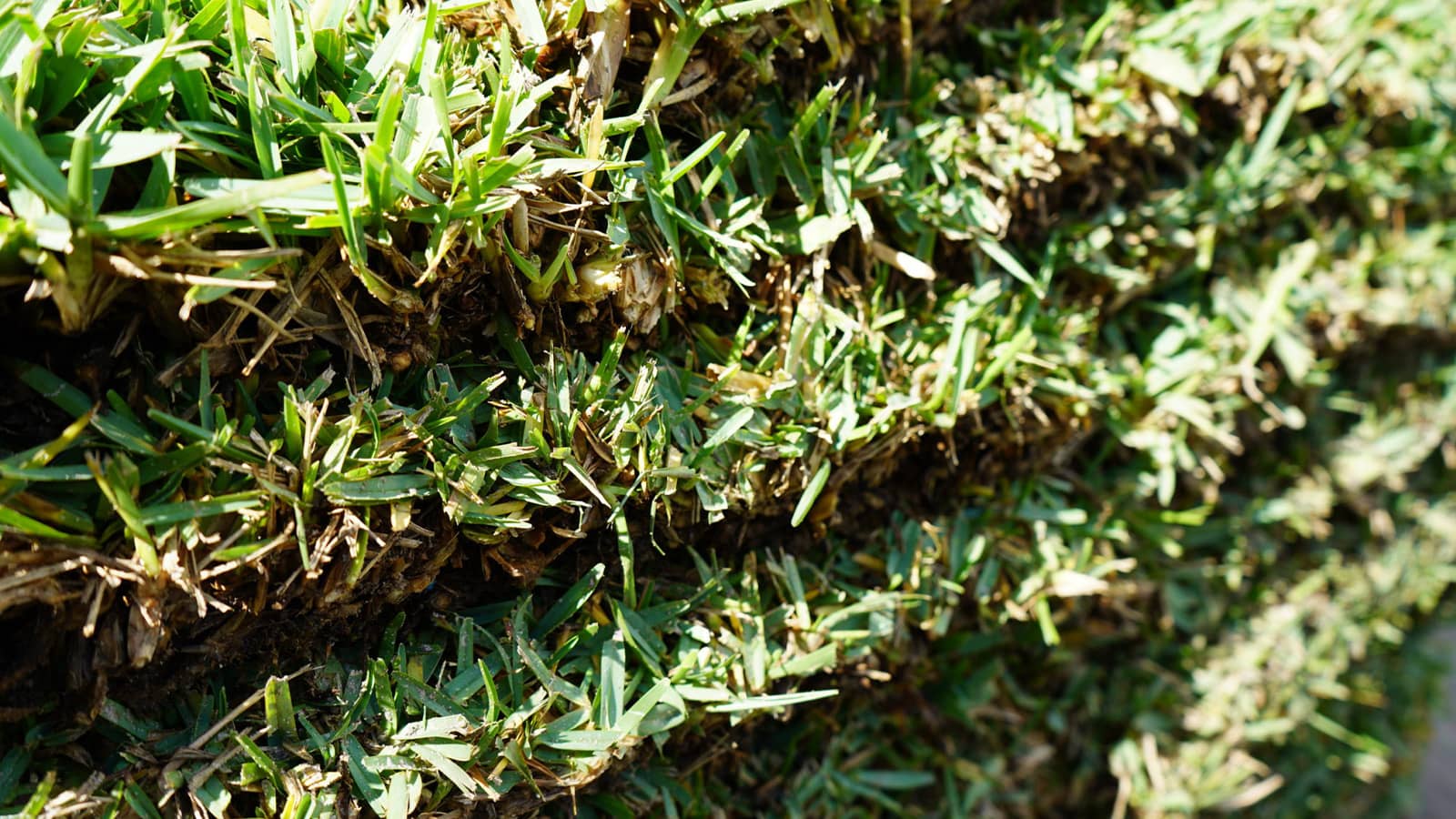
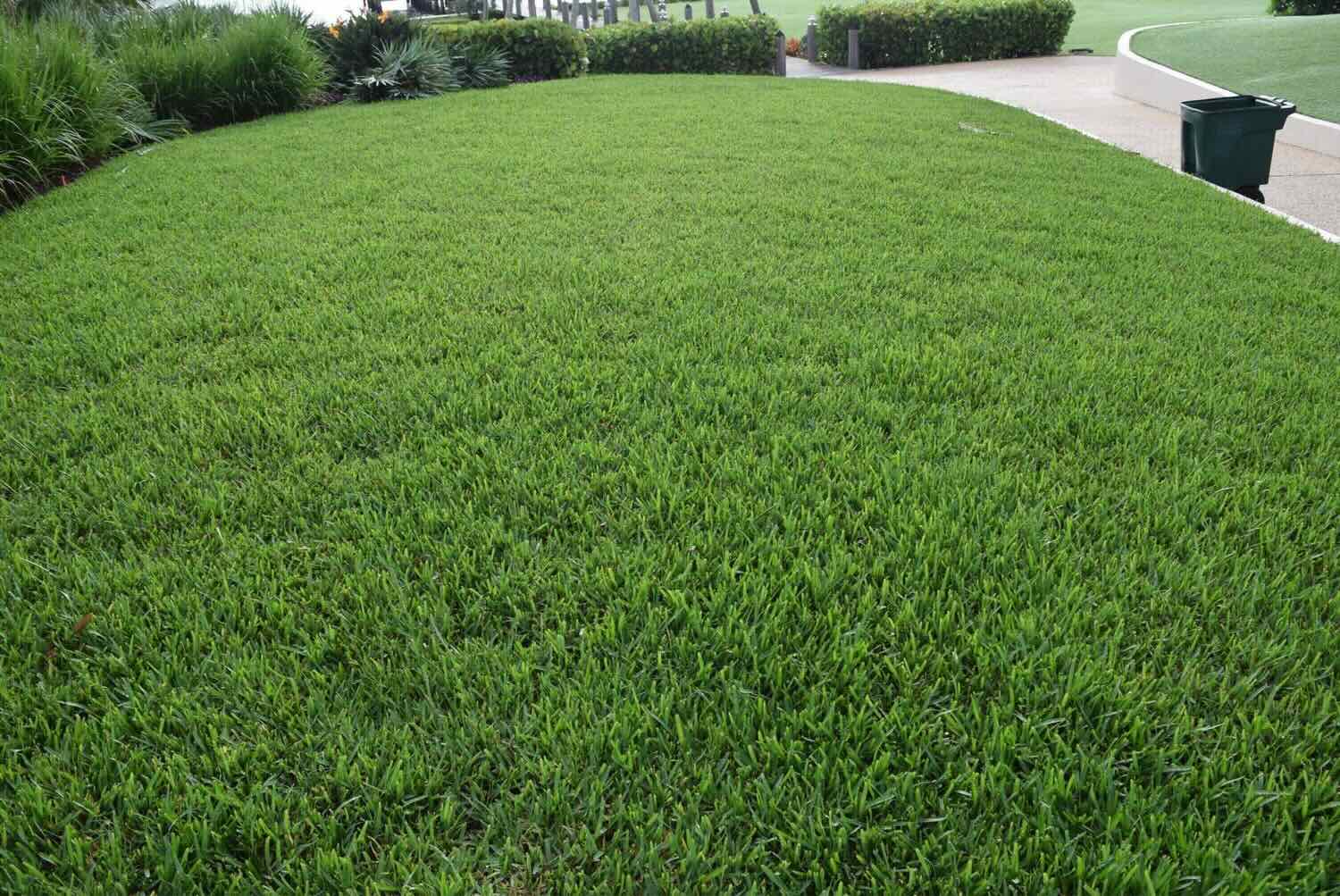
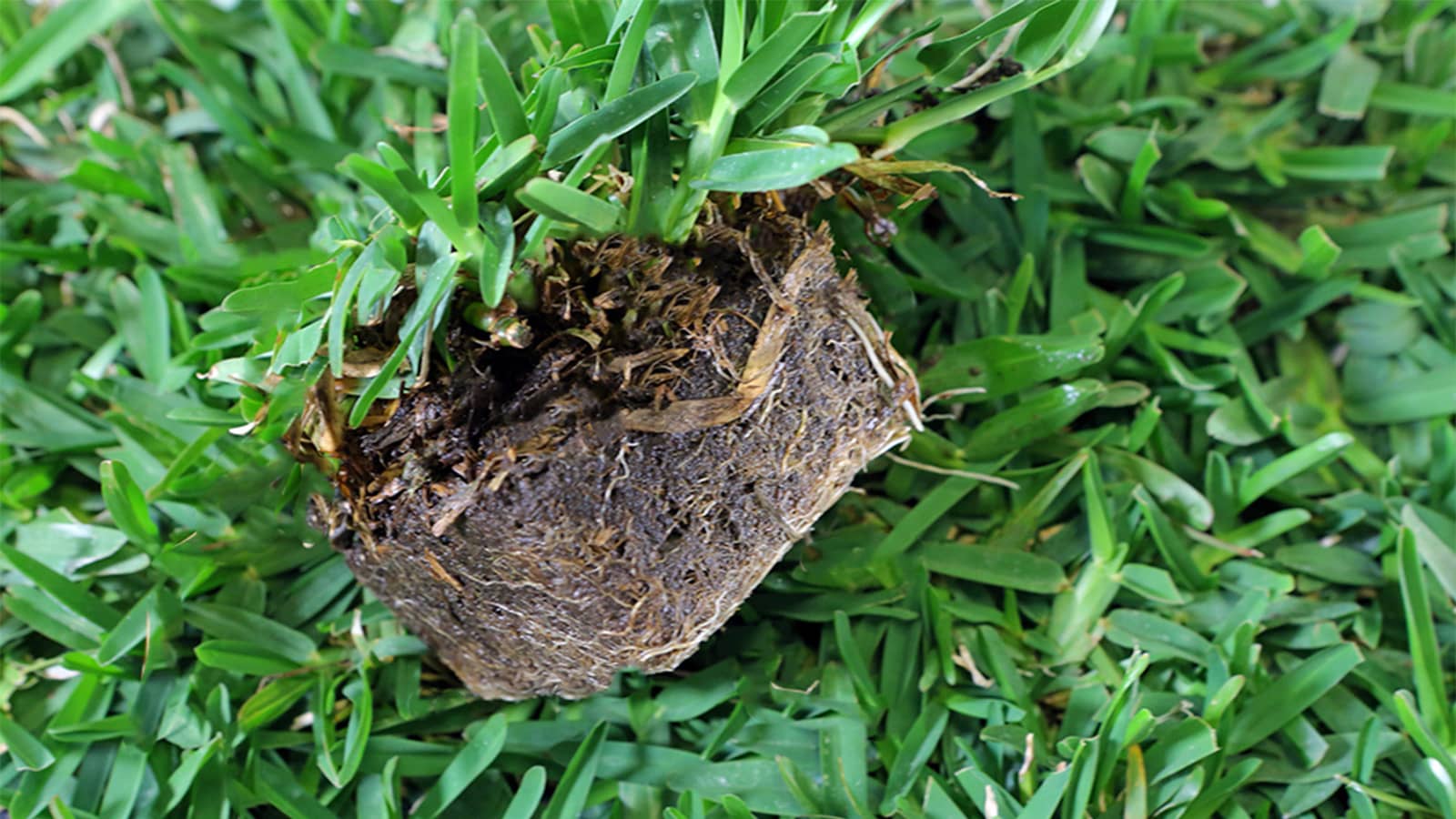
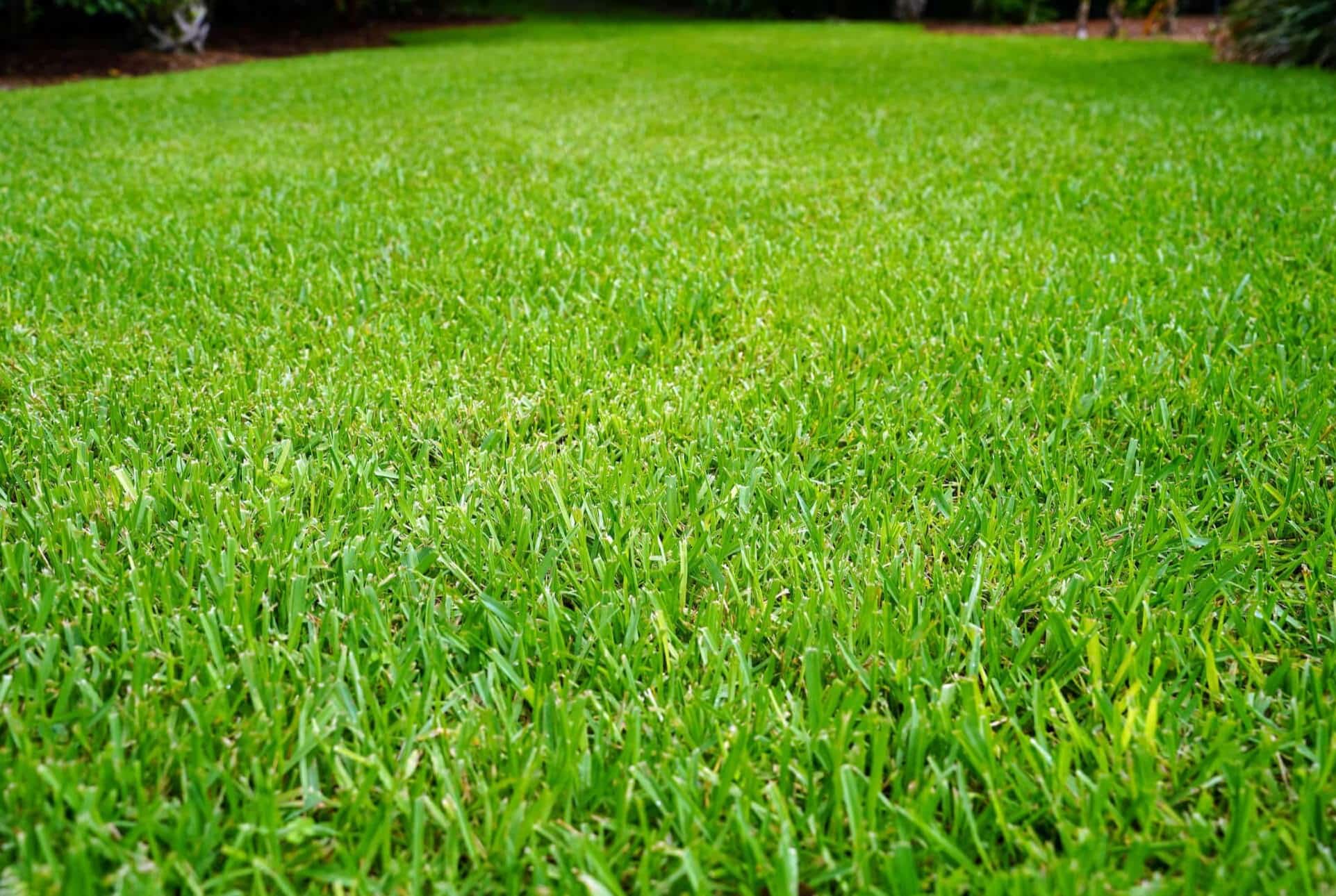
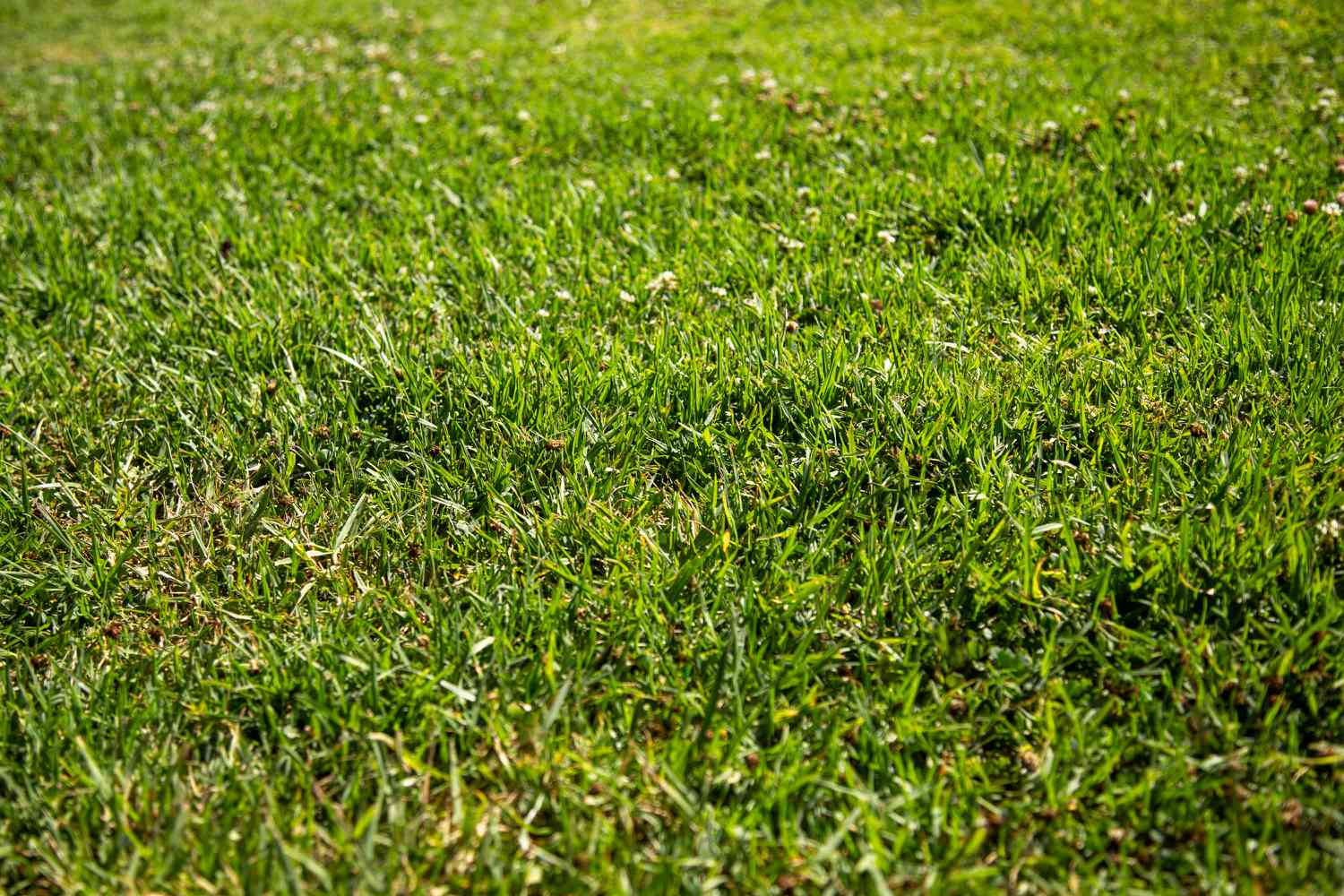
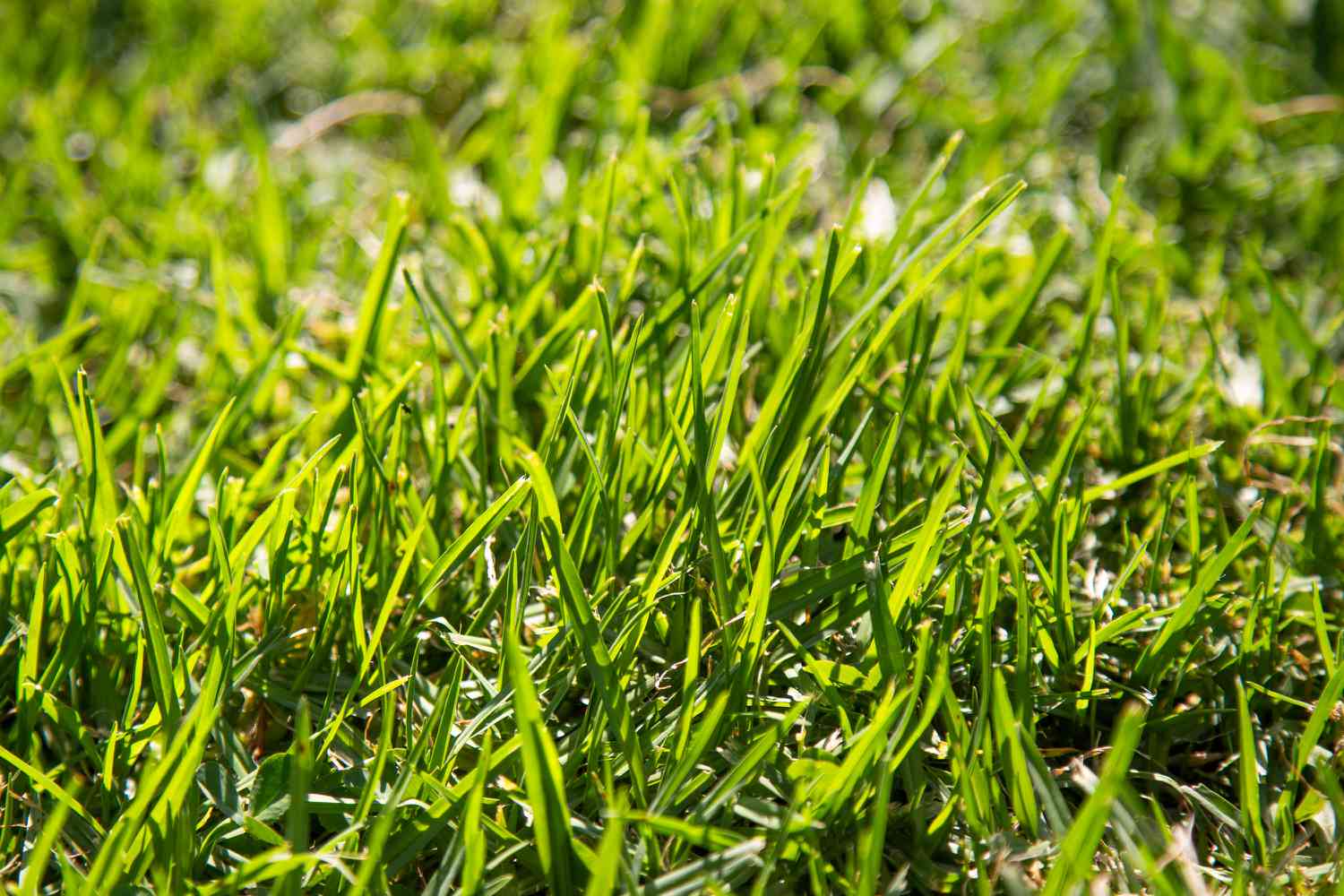
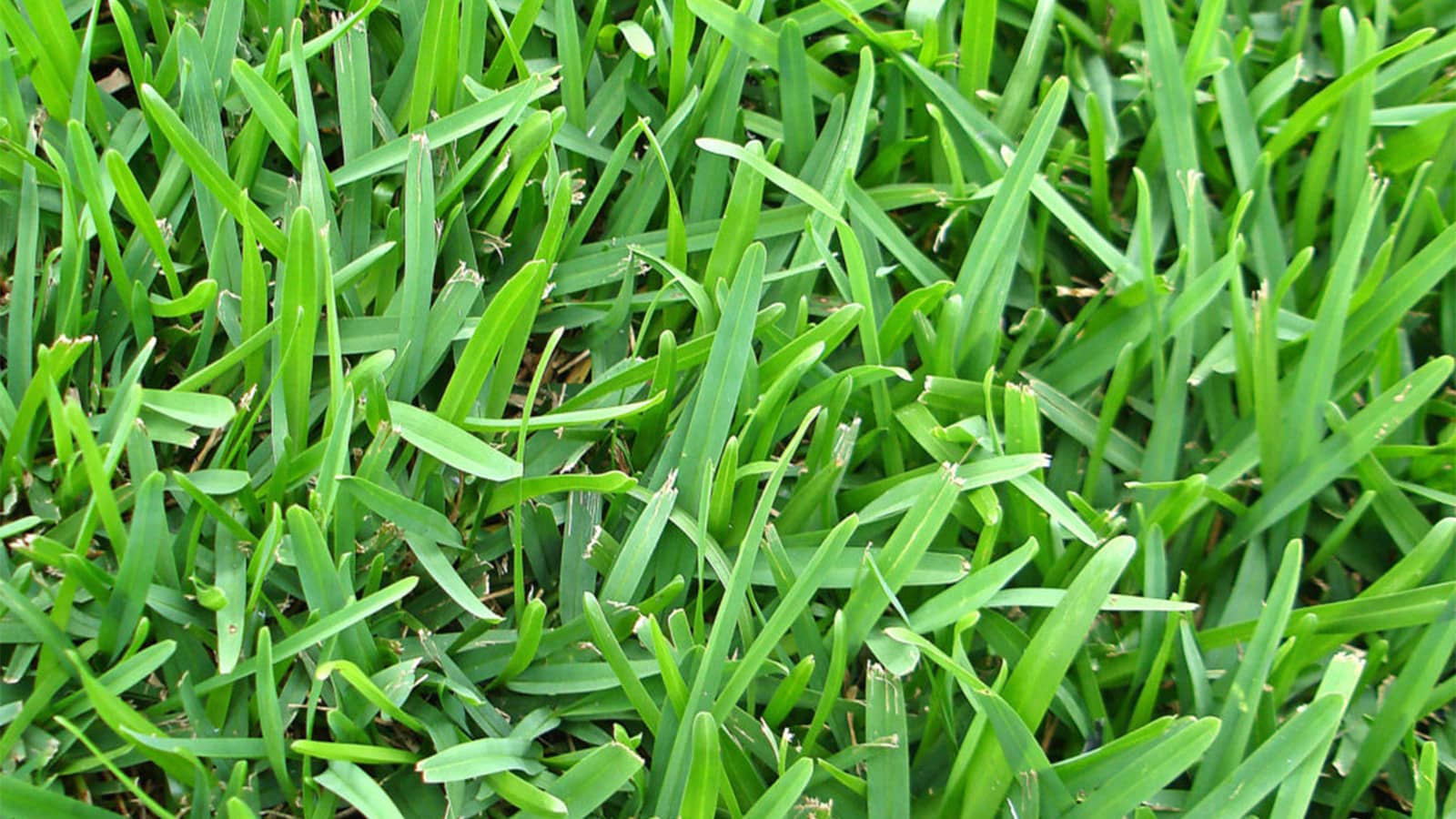
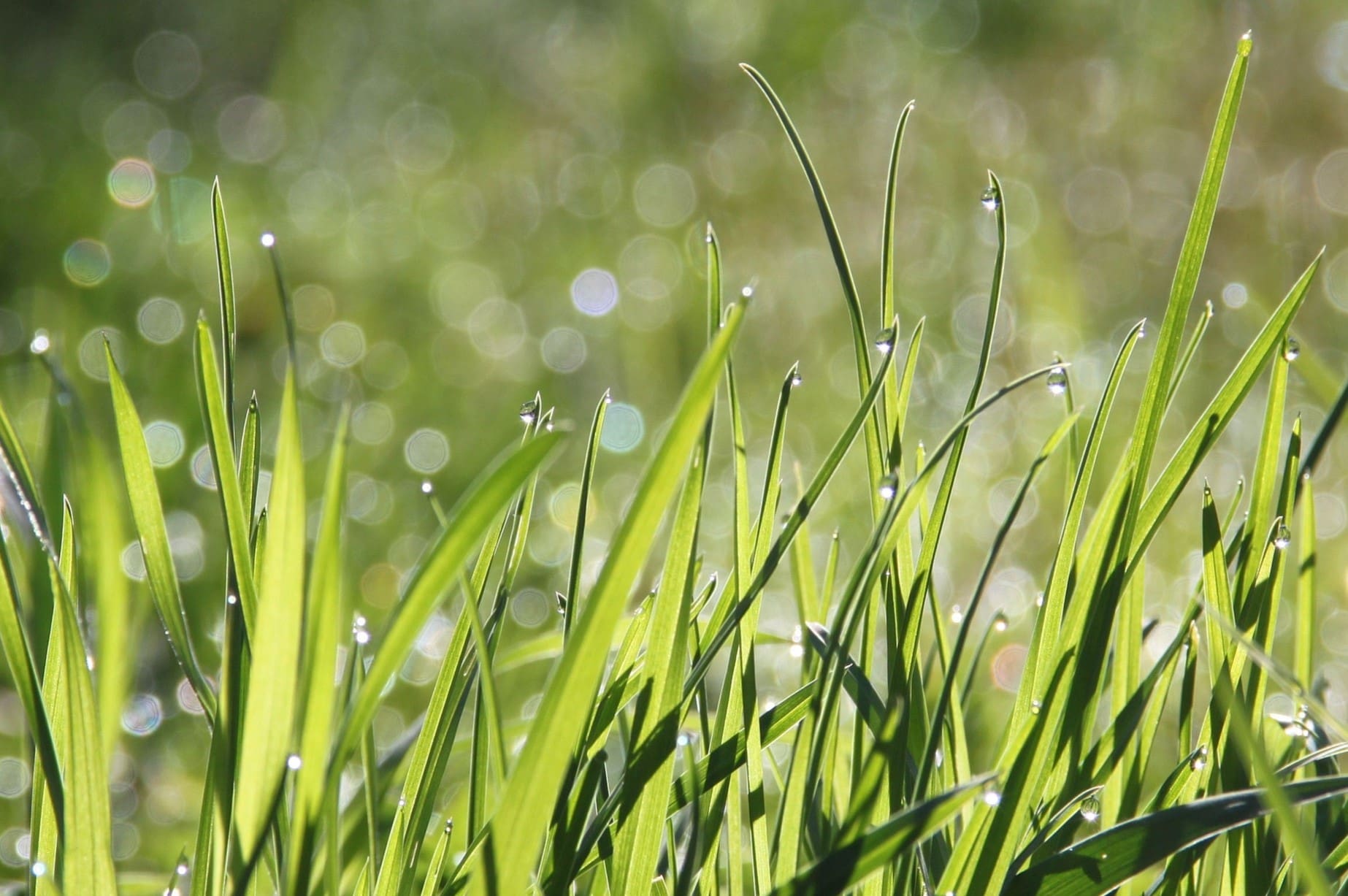
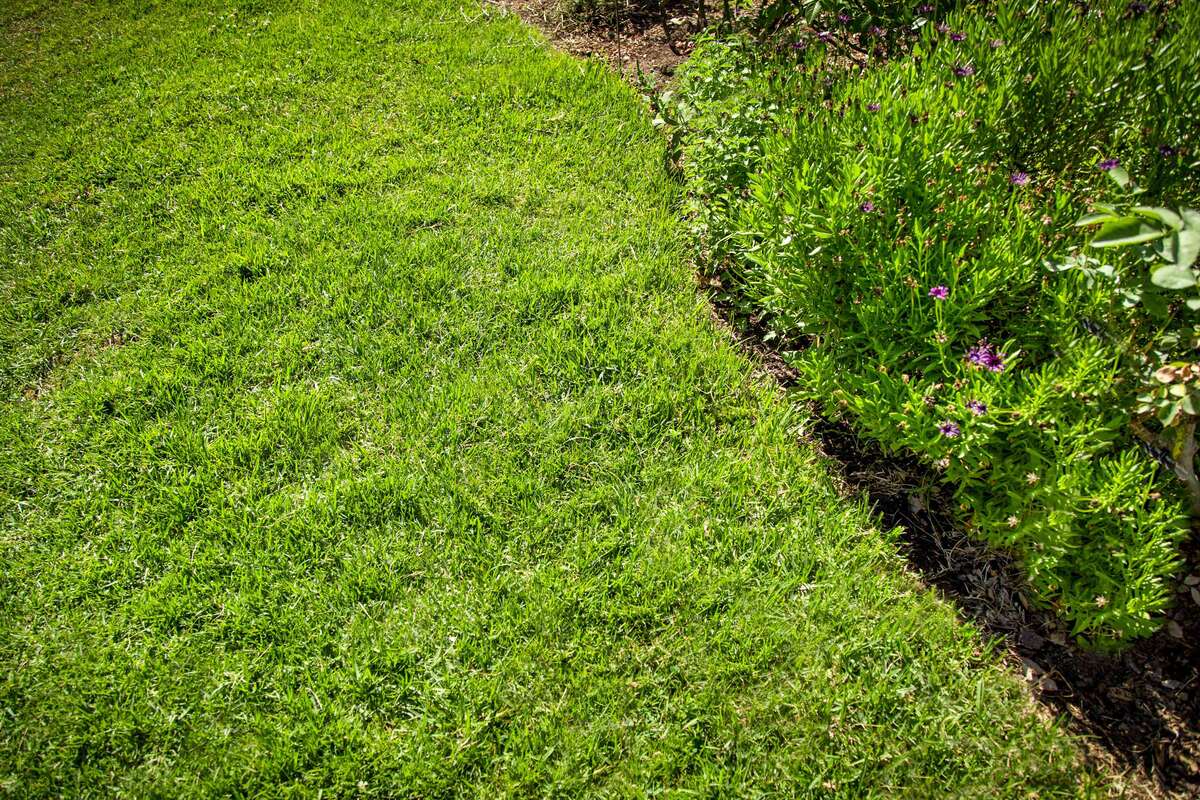

0 thoughts on “How To Kill Torpedo Grass In St. Augustine Grass”